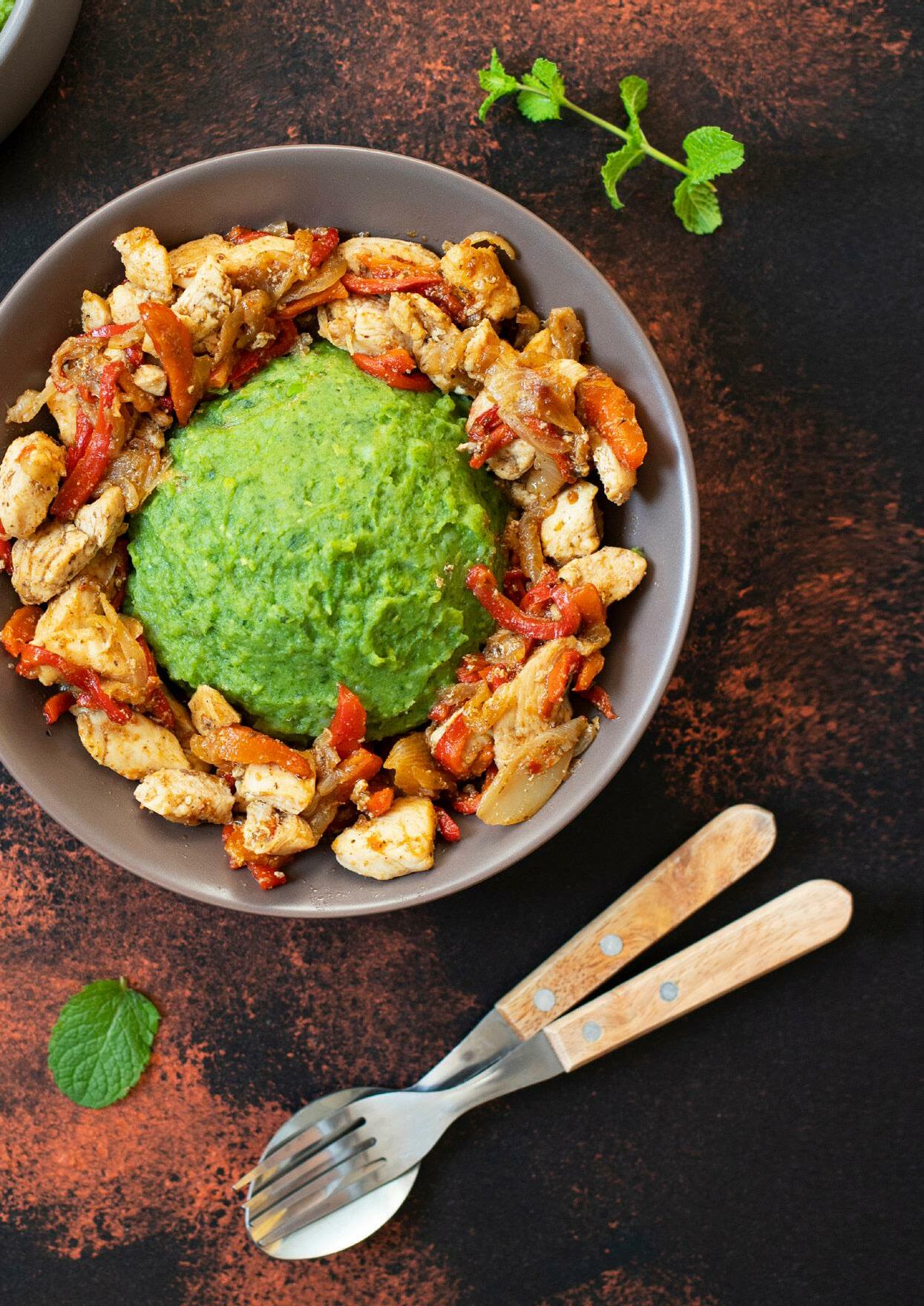
4 minute read
Gastronomy tourism
A TASTE OF KENYA
DISCOVERING LOCAL CUISINE
In a world where people are eager to spending on leisure travel services, gastronomy tourism is expected to boom in the next few years.
According to the UNWTO (United Nations World Tourism Organization), gastronomy is one of the main reasons travellers seek new experiences and local cuisine whenever they visit a new place. UNWTO further notes that the gastronomy economy is a multibillion-dollar industry worldwide, and Kenya is eager to claim its fair share.
Gastronomy tourism is one of the most profitable and fastest-growing tourism niches globally, and it is well positioned to stimulate growth and recovery in the hospitality and travel industry. This is because of its attributes of combining culture and food as this sector grows, it will have a positive impact on employment creation and livelihoods. The Kenyan government has identified this trend and taken measures to enhance the country's gastronomical experience, including tapping into the reopening of major hotels that had been closed due to Covid-19 as well as showcasing the experiences offered by various restaurants and eateries. Reopening these hotels will help to boost Kenya as a prime gastronomy destination.
Unlike many countries around the world, Kenya has a unique advantage of having a rich culture and heritage in the form of traditional cuisine.
There is an abundance of variety and diversity to choose from when it comes to gastronomy. Kenya’s culinary landscape was influenced by both indigenous and outside cultures, which means that the different cuisines found in Kenya are almost endless. Each region typically has its own dish that is part of the local tradition or culture. This makes it possible for tourists to have a taste of Kenya’s various dishes while they explore the country’s attractions.
From the traditional indigenous cuisine of the Maasai tribe to international delicacies, there's something for everyone. There are a few staple dishes that every visitor should try: ugali, nyama choma (roasted meat), samosas, chapati, mandazi, njahi (black beans) and bhajia (fried dough).
TRADITIONAL
If you're feeling adventurous enough to try some traditional Kenyan dishes, try mukimo (mashed potatoes with corn), irio (potatoes, peas and corn stewed together), mutura (sausage), githeri (beans and corn), kienyeji chicken (free-range chicken), wali wa nazi (rice cooked in coconut milk) or viazi karai (spicy stir-fried potatoes). To better understand these foods – and the tradition behind them – you're going to want to explore Kenya's cuisine as much as possible. By trying out these different recipes from around the country, you'll get a better understanding of what makes Kenyan food so delicious and unique. Apart from this, Kenya is a melting point of cultures from all over the world, with a rich Swahili and Indian community, for instance, comes endless opportunity for gastronomy. Further, one is likely to have an opportunity to sample various European and Asian dishes in restaurants and eateries in the main cities.
Suffice to say, for anyone looking to discover the sound, smell, and taste of the city, the best way to start is to delve into its diverse food culture. You'll soon find that no two meals are quite alike – but you don't have to eat at three-star restaurants to be treated like royalty. From middle-class eateries to street carts and hawkers’ markets, there's an incredible variety of options available in Nairobi and across the country. The next time you're in Kenya, put down the guidebook and let your stomach be your compass.








